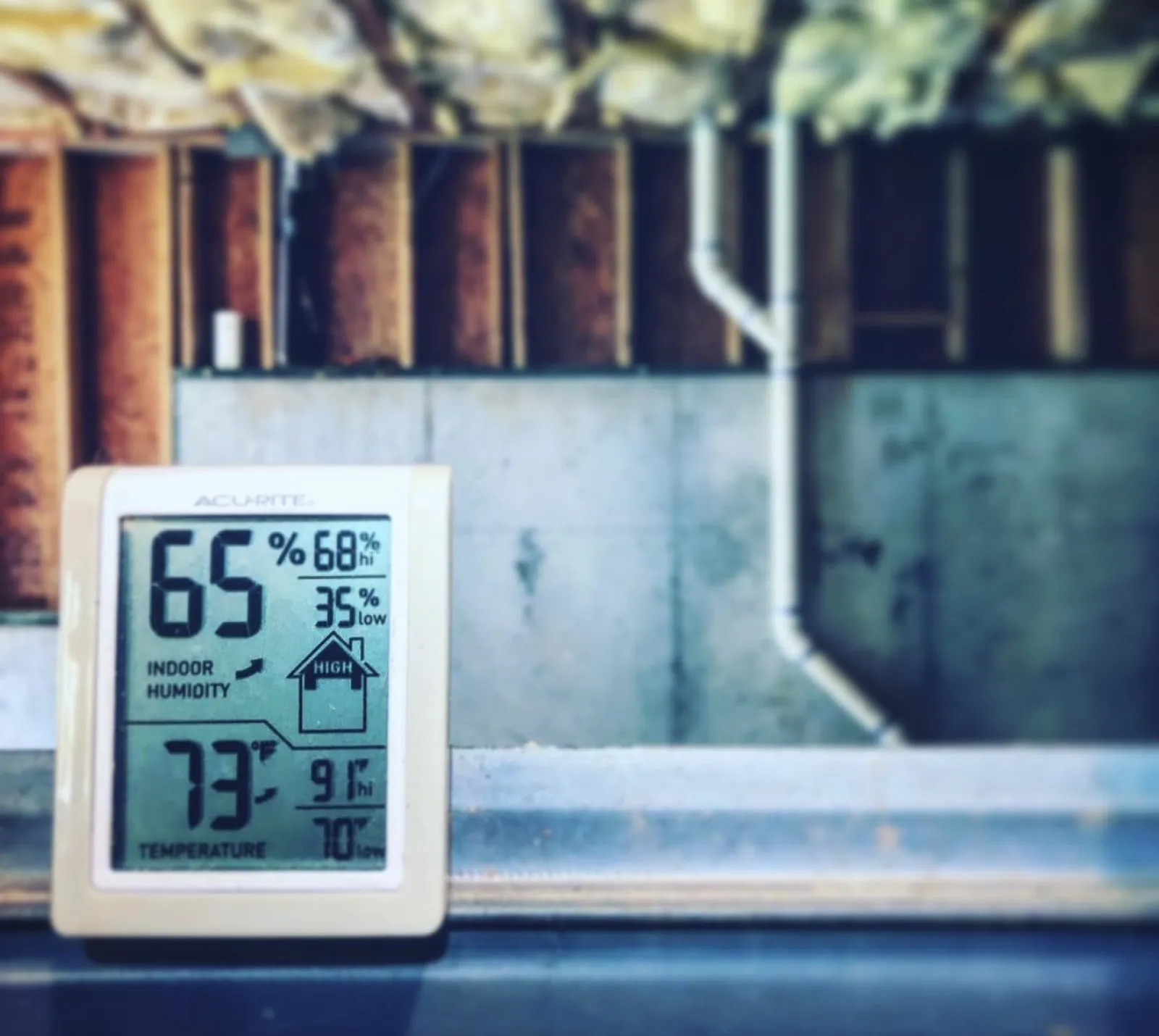Airborne Mold Testing: Who should test and why.
As an inspector, I often get asked by my clients if they should test for mold. Since this is a discussion I frequently have, I thought it would be helpful to provide some basic information and guidance about these services, and whether they may be something beneficial to you and your family, or your clients.
This is the first of several posts regarding the topic of a healthy-home. As such, we welcome comments or questions.
Test to better understand your indoor air-quality - for your personal health and for the health of your investment.
Some of the serious conditions that can arise from mold exposure include allergic reactions, poisoning by mycotoxins, or fungal infections (mycosis). Individuals with a history of respiratory infections or a compromised immune system are particularly at risk for these illnesses and complications, but anyone may be affected to some degree or another. While it is true that certain types of mold like Stachybotrys (aka the notorious "Black Mold") are particularly hazardous, prolonged exposure to any spore type at high concentrations of spores of can present serious health risks to humans.

The EPA has issued standard levels for what is considered an acceptable level vs. an actionable (potentially hazardous) level of spore counts in an indoor environment, but it is widely acknowledged that sensitivity and reactions can vary greatly from individual person to person. Regardless of whether levels are considered "actionable" or not, airborne mold testing should be considered as a tool to help paint more precise picture of the health of your home and overall indoor air-quality.
Mold isn't just something to be concerned about with regards to your personal health.
Elevated levels of mold indicate persistent dampness and decay, neither of which are beneficial for your building systems or structure. These same conditions that cause mold can often invite termites, deteriorate building materials, or shorten the life of mechanical systems. Additionally, they typically indicate bigger issues with foundation drainage, insulation and cladding, or other defects.
In summary, mold can be a symptom of greater problem with a building. If there are high levels of mold present in a home, there are conditions that need to be further evaluated and addressed both for your personal health and for the long-term health and wellbeing of the building itself.
How do we test?
For airborne testing, your inspector will rely on a specially calibrated air pump and a series of agar-based cassettes. Upon arriving at your home, your inspector will perform a basic evaluation of systems and structure to identify any obvious visual mold or potential culprit areas. Next, a "control sample" is taken at the exterior of the home, which serves as an indication of mold types and levels that occur naturally in the immediate surroundings. At least two more samples will be taken at the interior of the home (typically in a bedroom and in a basement or lower level area), and the results (after being analyzed by a local laboratory) will be compared and reviewed in the context of the inspection provided.

The results tell the inspector exactly what types of spores are present and in what concentrations, which can be a powerful tool for understanding what is going on in a structure.
In some circumstances, it can be beneficial to identify a specific type of surface mold that has been observed. In this case, a tape-lift sample may be taken. Overall, however, airborne mold sampling often provides a better picture of overall indoor air-quality and conditions.
In most cases, whether tape lift or other, results from our local lab and a summary from your inspector are available in as little as 48 hours.
Who should test?
If you or someone in your family has chronic respiratory issues, a compromised immune system, or other medical conditions, you should consider having your home tested for airborne mold. If the home has a lower level or basement area or sits on a crawlspace, or if the home has been left vacant for periods and humidity within the home has risen above 60% for a consistent time, testing is also be advisable.
Additionally, homes dating from 1970-1990s are part of an era of building known for "super-efficient" and airtight construction. While these homes were a wonderful transition to energy-friendly houses, they became notorious for poor indoor air-quality (and mold) due to the lack of needed air exchange and ventilation. If you live in a home from this era or are considering purchasing one, you may want to speak with one of our inspectors to learn more about testing your indoor air-quality.
About Cingo: The name Cingo means to surround and secure, conveying the company's commitment to home protection. The company has been protecting families in the Southeast since 1974. It provides home protection services throughout Georgia and South Carolina, including Atlanta, Augusta, Charleston, Douglas, Dublin, Milledgeville, Savannah, Vidalia, Waycross and all points in between. Cingo was named a Best Place to Work in Georgia by Georgia Trend Magazine and listed as a National Best & Brightest Company to Work For. Learn more at www.cingohome.com.

